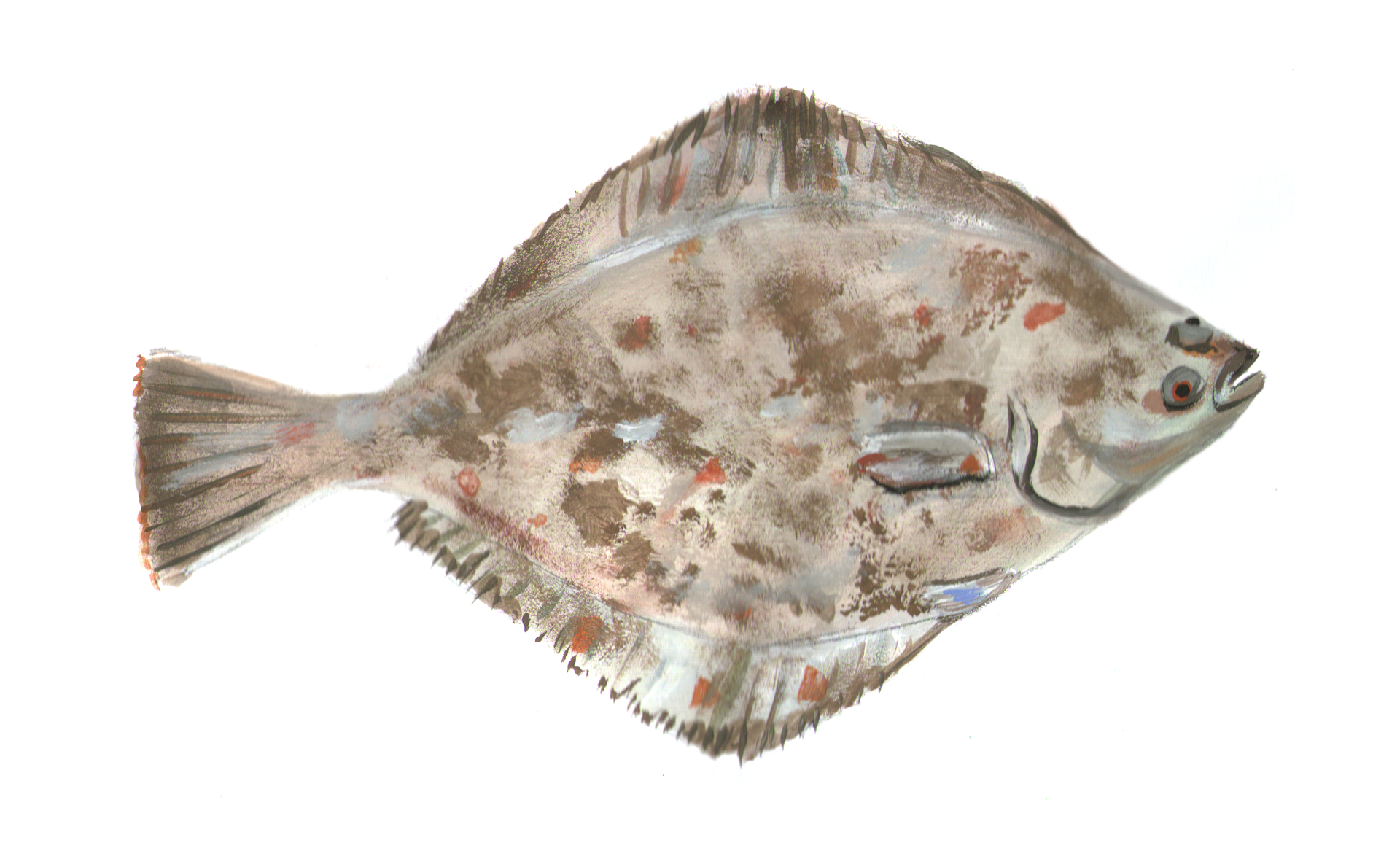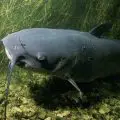If you’re fishing enthusiast and wondering how to fish for flounder, then you’re definitely on the right place. Fishing for flounders is quite different from the normal type of fishing. You see, with this method you need a unique approach that will help to provide you with success.
Flounder can normally be found on the ocean floors and the coastal areas along the Atlantic Ocean. What is unique about flounders is that they like hiding and ambushing their prey, which means catching them requires you to move enticing live bait right across their path, be patient and wait for them to strike.
Catching a flounder is like getting a reward since they offer a delicious seafood meal like no other. There are several tips that can help you with fishing for flounders and this post will discuss them in detail.
1. Look for the Saltwater Areas on the Atlantic Ocean
When looking to fish for flounder, the first and most ideal option is to look for areas with saltwater on the Atlantic Ocean. Flounders migrate in the fall, and this makes it easier to find them in streams and estuaries near the Atlantic Ocean. Fishing for flounder is an extremely popular activity in the Southern states like Alabama, South Carolina, and Florida.
However, you can also find flounders in plenty along the Northeastern coastal areas. The main limiting factors are the size or number of fish you can catch, which means you need to check with your local ordinances and acquire a fishing license.
2. Fish for Flounder During their Migration
Although it’s possible to fish for flounder all-year round, it is highly recommended to consider fishing them in the fall when they are migrating. This is between September and November because this is when they are migrating towards the ocean. Flounders produce during the summer and spring seasons, and when they are old enough, they tend to swim toward the ocean to spend the winter season there and then come back.
If want to know how to fish for flounder, this is probably the best time to do that. It’s possible to catch flounder during the winter and spring, but you should only anticipate catching smaller flounder. It is also advisable to check the local area’s fishing reports where you plan to fish before planning your trip to avoid disappointments.
3. Search for Flounder Near the Bottom of the River
As mentioned earlier, flounders normally like to hide at the bottom of the river or in the coastal area. There’s a specific type of flounder which large known as “doormat.” The name of this type of flounder is derived from its shape and habit of residing low on the ground. In case you want to identify a flounder, keep in mind that they are grayish-brown, and they also have lighter spots.
Their color helps them blend with the sandy and pebbled riverbeds or estuaries. Another surprising fact you need to know about flounder is that they have both eyes on same side of their heads, which enables them to see everything happening above them while lying on their sides.
4. Fish for Flounders Under Ledges
Flounders also like to hide near or under ledges. You can also find them on drop-offs where they wait to ambush any passing fish. You should also look for flounder where there is current running from shallow to deep waters. Flounders also like staying around those areas and in seams.
If you want to find out where the ledges and drop-offs are, you can wade through the area where you’re fishing before casting your line. You can also try to feel with your feet and discover some of the best places where flounders are hiding. This will help you avoid wasting time and catch flounder faster.
5. Look for Flounder Tracks
Normally, flounders reside near the ocean floor, and this makes them leave tracks during low tides. Therefore, you can try and check whether you’ll find any flounder tracks when you’re out fishing. When you find the tracks, it will be a good indicator that they’ll come back when the tides are high.
This is why it’s important to first know the area where you plan on fishing because you’ll be in a better position of catching some flounders. It provides you with a higher chance of getting lucky and catching plenty of flounder. For starters, you can take several trips to learn about the area and know how low and high tides come and go to familiarize yourself with the habits of the fish.
Important Things You Should
When fishing for flounder, there are several important things that you should do to help you get lucky. They include:
- You need to use live bait – One crucial thing you need to know is that flounder responds well to live fish like mullet and minnow or croakers. You can also use clams and sea worms and hook them onto a larger baitfish on the lips or even small baitfish on the eye. There’s also the advantage of adding a few strips of live shrimp or fresh squid to spice up the bait mix. You can try both types of bait and see the one that works best.
- Artificial bait may also work – Although we’ve highly emphasized on live bait, it wouldn’t hurt to also try artificial bait. However, you should only opt for this option in case you find it difficult to get live bait. You also have the option of mixing live and artificial baits together and see how they work. There are times when they may respond well to artificial bait, so you can try them both.
Conclusion
If you’ve been trying to find out how to fish for flounder, the above tips are suitable enough to help you embark on that process efficiently. However, you have to remember that fishing requires patience and strategy, which means taking your time to learn the Do’s and Don’ts of fishing for flounder.










